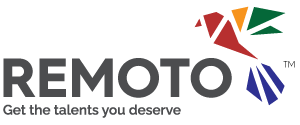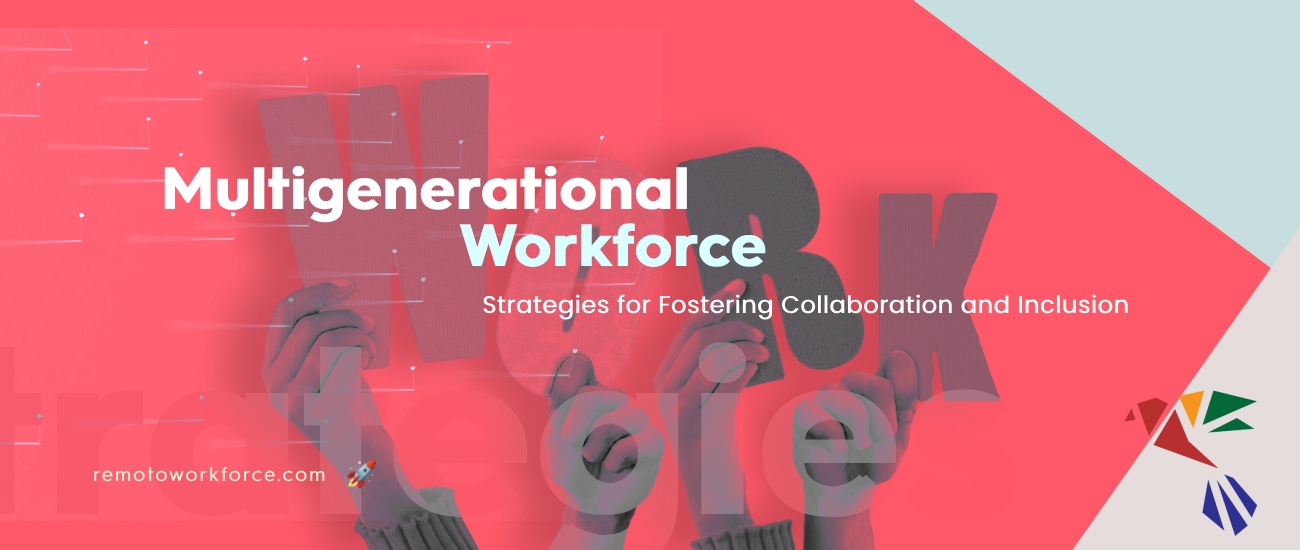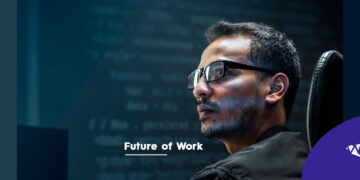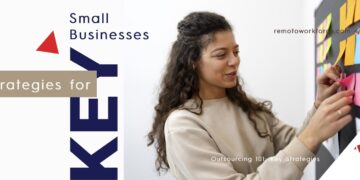The modern workforce is more diverse than ever before.
For the first time in history, we have up to four generations working together in the same companies. This involves workers from the Baby Boomer, Gen X, Millennial, and Gen Z generations coming together and working on tasks.
Each of these generations brings its own unique work habits, values, and expectations.
While this generational diversity offers huge potential for innovation, creativity, and problem-solving, it also presents challenges. Misunderstandings due to differences in communication styles or workplace expectations can lead to conflict and inefficiencies. So, how do we harness the power of multigenerational teams while minimizing friction?
In this blog post, we’ll analyze the strategies managers can use to foster collaboration and inclusion across generational lines. By doing so, we can unlock the true potential of a multigenerational workforce and create a work environment where everyone thrives.
Multigenerational Workforce: What You Need to Know
A multigenerational workforce refers to a company that employs people from several age groups.
The primary generations present in today’s workforce include:
- Baby Boomers (1946-1964): Collaborative but may resist drastic changes.
- Generation X (1965-1980): Independent and resourceful, often skeptical of authority.
- Millennials (1981-1996): Tech-savvy, driven, and ambitious.
- Generation Z (1997-2012): Highly adaptable to new technologies and more likely to favor flexible work environments.
This diverse mix means that people with vastly different experiences, from the analog world to the digital age, are working side by side.
Each generation brings distinct work habits shaped by their upbringing, economic conditions, and technological advancements.
For instance, Baby Boomers might prioritize in-person meetings and phone calls, while Millennials and Gen Z are more comfortable with instant messaging and email. Gen X workers tend to value autonomy and flexibility, while Baby Boomers might prefer stability and clear hierarchies.
These differences in preferences also extend to expectations about work-life balance, learning opportunities, and even compensation packages. Older generations may be focused on long-term financial stability and retirement benefits, while younger generations often prioritize
Despite the challenges, the advantages of a multigenerational workforce are undeniable. First, having employees from different age groups means bringing a broader range of perspectives to the table. This diversity of thought leads to creative solutions that may not have emerged in a homogenous team.
Additionally, generational diversity enhances knowledge transfer.
Older employees can share wisdom gained from years of experience, while younger employees can introduce fresh insights and new technologies. The collaboration between different generations promotes creativity, improves efficiency, and guarantees the preservation of knowledge within the company.
Key Challenges in Managing a Multigenerational Workforce
Having knowledge of the barriers that come with managing a workforce that includes people from different generations can give your company an advantage over others. Want to understand more? Let’s explore the difficulties that come with overseeing a workforce made up of individuals from various generations.
Communication Barriers
One of the most common challenges in managing a multigenerational workforce is communication. Each generation has its preferred method of communication, and these preferences can often clash.
This can lead to frustration on both sides if communication preferences aren’t respected or understood. The key to overcoming this barrier is creating a culture of flexibility, where communication styles are adapted to meet the needs of the situation and the individuals involved.
Negative Stereotypes
Unfortunately, generational stereotypes persist in many workplaces.
Younger employees may be labeled as “entitled” or “lazy,” while older employees are sometimes seen as “resistant to change” or “out of touch” with modern technologies. These negative stereotypes can create toxic work environments, leading to a lack of trust, respect, and collaboration between team members.
Addressing these stereotypes is critical. Instead of letting these biases grow, managers must make sure employees are valued for their skills and contributions, no matter their age.
Differing Expectations
Generational differences also extend to expectations around work-life balance, compensation, and professional development.
Millennials and Gen Z employees often value flexible work arrangements, remote work options, and opportunities for personal growth. In contrast, Baby Boomers may prefer more traditional schedules and long-term stability in their roles.
To manage these differing expectations, it’s essential for organizations to adopt a flexible approach that accommodates a range of preferences while aligning everyone toward common business goals.
Strategies for Fostering Collaboration and Inclusion
Having a diverse workforce of multiple generations can be beneficial, but it also presents its own set of difficulties. Here are some strategies to assist you in managing a workforce made up of individuals from varying cultural backgrounds.
Build an Inclusive Employee Value Proposition (EVP)
A strong Employee Value Proposition (EVP) is key to attracting and retaining talent from all generations. The EVP should offer benefits that appeal to a wide range of employees, regardless of their age or career stage.
Offer programs that meet the different needs of your employees. These include:
- Health programs
- Career opportunities
- Monetary incentives.
Additionally, providing professional development, mentorship opportunities, and community service initiatives can appeal to employees across different life stages.
Flexible work options, such as part-time roles, remote work, or phased retirement programs, are attractive to employees at different points in their careers. Younger workers may appreciate the flexibility to travel or pursue further education, while older employees may prefer phased retirement options that allow them to transition out of the workforce gradually.
Encourage Open Communication
Open and transparent communication is vital for fostering collaboration among multigenerational teams.
Different generations have different communication preferences, so finding common ground is crucial. Managers should be flexible and accommodate the preferred communication methods of their team members. For example, use emails for day-to-day operations but encourage phone or video calls for more in-depth discussions.
Setting clear expectations is also key to aligning team members across generations. Make sure everyone understands the business goals and their specific roles in achieving them. Regular check-ins and feedback sessions help ensure that all employees stay on the same page.
Promote Cross-Generational Mentoring
Cross-generational mentoring fosters mutual learning and collaboration between employees of different ages.
Create mentorship programs that pair older employees with younger ones to share career advice, industry knowledge, and leadership insights. At the same time, younger employees can provide valuable input on emerging technologies, social media trends, and innovative work practices.
Encourage younger employees to mentor their senior colleagues on digital tools and modern work practices. This not only empowers younger team members but also helps older employees stay current with technological advancements.
Combat Bias and Stereotypes
To foster a truly inclusive environment, companies must actively work to dispel generational biases.
Offer training to help employees recognize and challenge their biases. Role-playing exercises can be an effective way to help teams confront age-based stereotypes and foster a more inclusive workplace culture.
Encourage open dialogue about diversity and inclusion, and emphasize that everyone, regardless of their age, brings valuable skills and perspectives to the table.
Create Opportunities for Lifelong Learning
Learning and development opportunities are important for employees of all ages, and providing them can help foster collaboration and engagement.
Offer training programs that allow employees to upskill and reskill throughout their careers. This not only benefits the employees but also strengthens the organization by ensuring that its workforce remains competitive.
Promote a culture of continuous learning by encouraging knowledge sharing between employees of different generations. This can be done through cross-functional teams, peer mentoring, and regular knowledge-sharing sessions.
Conclusion
A multigenerational workforce offers tremendous potential for innovation, creativity, and knowledge-sharing. However, managing a diverse team requires intentional strategies to foster collaboration and inclusion.
By building an inclusive EVP, encouraging open communication, promoting cross-generational mentoring, and embracing flexibility, your company can get the full potential of your workforce.
HR leaders and managers should take these strategies to heart and create an environment where every employee feels valued, regardless of their age. In doing so, they will not only boost productivity but also future-proof their organization for long-term success.














